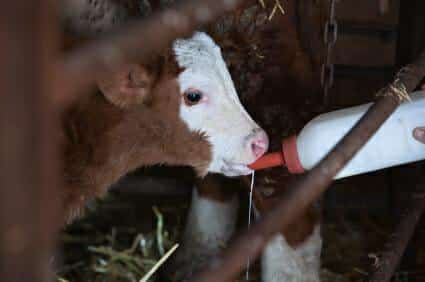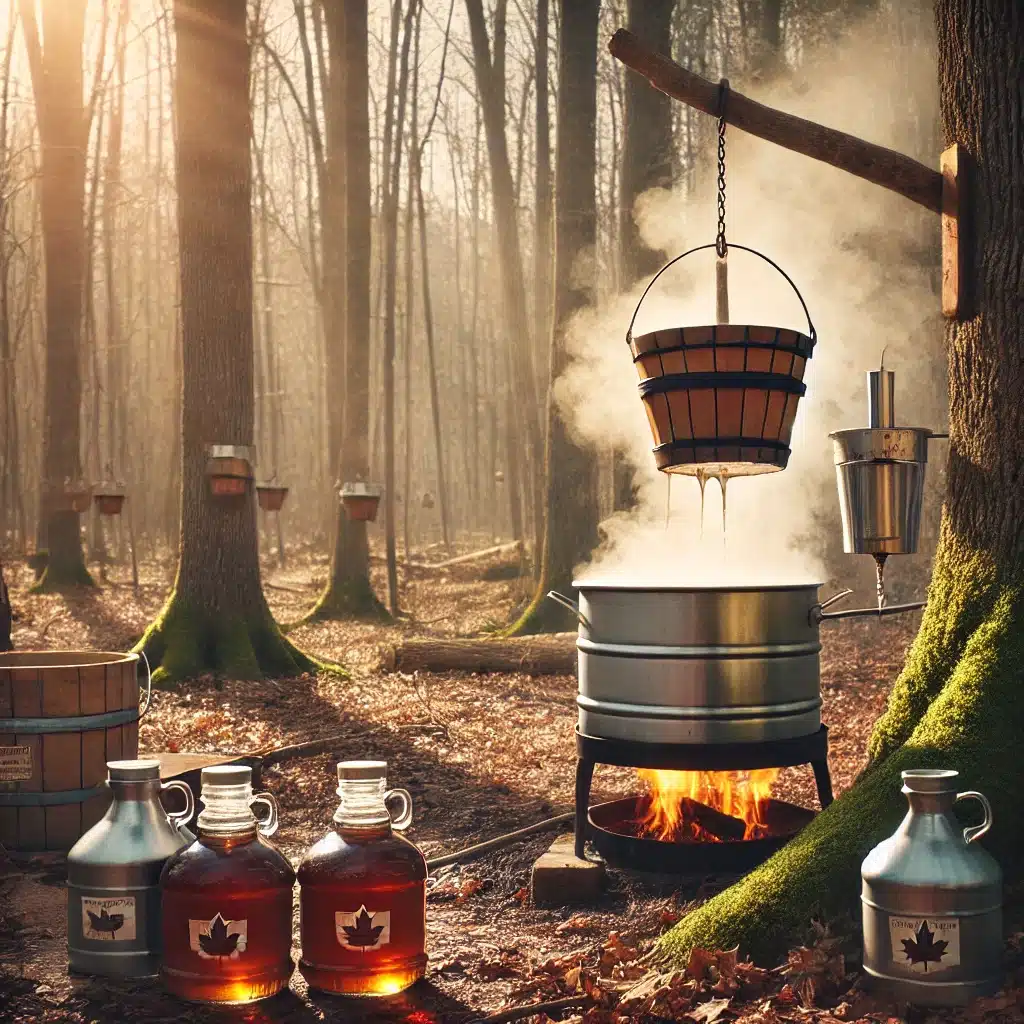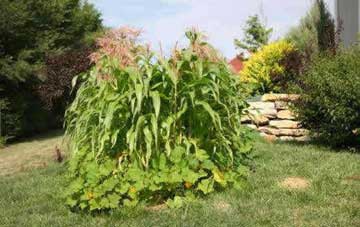 There are several reasons you may find yourself raising a bottle baby on your small homestead. The most common one, however, is because you want to keep as much milk as possible from your dairy animals. Raising bottle babies can be loads of fun and a great experience for family members of any age, and even young children can get involved in your homesteading experience by lending a hand feeding your other babies.
There are several reasons you may find yourself raising a bottle baby on your small homestead. The most common one, however, is because you want to keep as much milk as possible from your dairy animals. Raising bottle babies can be loads of fun and a great experience for family members of any age, and even young children can get involved in your homesteading experience by lending a hand feeding your other babies.
The Equipment
You don’t need a lot of expensive equipment to feed bottle babies on the farm or homestead. The easiest and cheapest way is to pick up some nipples available at most farm stores and online farm outlets. Then you can save your used dish soap bottles in various sizes. Smaller bottles are easiest when the babies are young and don’t need much milk, and larger bottles work well for older kids and calves. Simply slip a nipple on the bottles, and you’re ready to go.
Patience is a Virtue
Remember, drinking from a bottle is not a natural thing for livestock babies. The rubber doesn’t smell like mom, and it sure doesn’t taste like mom. Getting a bottle baby to latch on to the rubber nipple will be easier if you took them away from momma before they got a taste of the real thing, but either way, you will have to be patient and persistent to get them to take that first gulp. Once they have tasted the milk from their artificial momma, they’ll begin to grab on and drink with gusto, and soon they’ll come a-runnin’ when they see that bottle in your hands.
For those first feedings when those little stubborn kids fight you tooth and hoof, it is best to sit down on the floor and hold them in your arms (easier with goat kids than calves, but possible with both). With one hand, hold the baby’s lower jaw firmly, but gently, and separate their lips with your fingers as you use your other hand to push the nipple in the front of their mouths. Try to aim the nipple upwards slightly toward their upper palate where it will help press out the milk.
It will take a few tries to get it in, and a few more for them to get the idea to suck on the nipple. During the initial feeding, it is imperative that you get colostrum into the kid or calf within thirty minutes of being born. If you can’t do it by bottle, use a needleless syringe filled with colostrum and put it in the side of their mouth. Do not squirt colostrum from the syringe directly into the front of their mouth or they may choke.
Starting Off
The very beginning of bottle baby rearing is the most trying. It requires both patience and endurance. Newborn farm animals, much like their human counterparts, require regular feedings in small amounts close together all day… and all night. That means getting up every two hours in the middle of the night to feed hungry babies.
From the moment they’re born, you will need to feed your newborn additions every two hours, twenty-four hours a day for about two weeks. The amounts will be relatively small. For goat kids about two ounces at each feeding will do. For calves it will require six to eight ounces. After the first two weeks, you can slowly reduce the number of feedings an hour at a time over a couple of weeks while increasing the amounts at the same time.
By the time your bottle babies are twelve weeks old, they should be eating about every five hours and can also go all night without a feeding. At that point they should also be eating hay and grain, and you can begin to taper off the amount of milk at each feeding until they are fully weaned at about sixteen weeks.
Colostrum Care
Colostrum is one of the most important types of milk for your new babies. It is the first milk their mothers produce, and it provides antibodies and immunity that regular milk does not. Since this colostrum is not useful for routine human use anyway, you can use it 100% in the bottles. It is unlikely that you will need all of the colostrum you get from milking in order to feed your bottle babies unless one of your does is not producing any milk at all for one reason or another. If you have leftover colostrum, it is a good idea to freeze it. It doesn’t last long in the refrigerator but freezes well and gives you an excellent source of emergency colostrum should the unthinkable happen and you have an orphan baby to feed.
Frozen colostrum can last a year or even two in the freezer. The best storage method is to freeze it in an ice cube tray, and then transfer the frozen colostrum to sealed baggies in the freezer, marked with the date of collection so you know if it is outdated. To use the frozen colostrum, simply remove the number of cubes you need and place it in a warm water bath inside a bowl or baggie, then pour the liquefied colostrum into the bottle for feeding.
Milk Temperature
Both the milk and colostrum you feed your kids or calves needs to be the right temperature. You will need to store your milk in the refrigerator for later use throughout the day, but like human babies, your bottle babies can’t drink it that cold. You can warm bottles in a hot water bath just like you would a human baby bottle. It should be body temperature for the best feeding. Too hot of course is dangerous, but any fluctuation of temperature over or below about hundred degrees can make kids or calves turn away from the bottle.
There is a school of thought that says you should just feed the bottle baby refrigerator temperature milk. They don’t gulp it as fast or get upset tummies as easily. Those who practice this method will also tell you feeding takes a lot longer because the kids and calves stop more often and sometimes refuse to drink. I prefer the more natural method of feeding at the temperature they would get naturally from their mother. As long as you make sure you aren’t giving them too much, your babies should be fine and not experience any undue stomach upset.
Grain and Hay
At about a week old, offer a small amount of grain and hay to the kids or calves. They may not actually eat it at this stage, but they will investigate it and perhaps nibble at it. Soon they will begin to supplement their own milk intake with hay and grain.
At about two months, you should be feeding the kids a regular schedule of grain and hay as well as their milk feedings.
©2011 Off the Grid News









